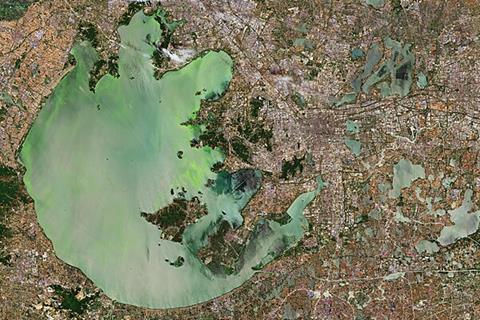In a significant breakthrough, researchers have developed an advanced explainable deep learning model to predict and analyze harmful algal blooms (HABs) in freshwater lakes and reservoirs across China. With HABs posing an increasing threat to water ecosystems and public health, this study offers crucial insights into their underlying drivers and potential mitigation strategies.

Harmful algal blooms are complex phenomena influenced by multiple ecological and climatic factors. Traditional models often struggle to accurately predict these blooms or provide interpretable insights. To overcome these challenges, the research team implemented a Long Short-Term Memory (LSTM) neural network, enhanced by explainability techniques. The model was trained on data from 102 monitoring sites across China, achieving an average Nash-Sutcliffe efficiency coefficient of 0.48, a significant improvement over conventional machine learning methods.
Water temperature role
Water temperature emerged as the most influential factor driving algal bloom dynamics, accounting for 11.7% of the predictive variance on average. Notably, regions in mid- to low-latitudes displayed heightened sensitivity to temperature changes, emphasizing the potential impact of climate change on HAB occurrences.
READ MORE: World’s first regular flight-based red tide ocean observation to launch in summer 2025
READ MORE: What’s really ‘fueling’ harmful algae in Florida’s lake Okeechobee?
“Our explainable deep learning model not only enhances prediction accuracy but also helps policymakers understand the key factors behind harmful algal blooms,” said lead author Shengyue Chen. “This approach can inform targeted management strategies for lakes and reservoirs at high risk.”
Additionally, the study, published in Environmental Science and Ecotechnology, demonstrated that transfer learning could effectively improve predictions in data-scarce regions by using information from well-monitored areas, offering a scalable solution for regions with limited monitoring infrastructure.
This pioneering research highlights the power of combining artificial intelligence with explainability to tackle complex environmental challenges.







No comments yet